-
 Bitcoin
Bitcoin $87,018.0803
-8.33% -
 Ethereum
Ethereum $2,416.6193
-9.55% -
 Tether USDt
Tether USDt $0.9987
-0.13% -
 XRP
XRP $2.2102
-10.58% -
 BNB
BNB $612.4190
-4.05% -
 Solana
Solana $142.2829
-7.90% -
 USDC
USDC $1.0001
0.01% -
 Dogecoin
Dogecoin $0.2048
-10.03% -
 Cardano
Cardano $0.6589
-9.94% -
 TRON
TRON $0.2266
-8.59% -
 Chainlink
Chainlink $14.7773
-10.15% -
 Avalanche
Avalanche $21.1785
-9.58% -
 Toncoin
Toncoin $3.4882
-3.83% -
 Sui
Sui $2.8175
-7.71% -
 Stellar
Stellar $0.2802
-12.18% -
 Litecoin
Litecoin $111.6044
-9.71% -
 UNUS SED LEO
UNUS SED LEO $8.8412
-7.29% -
 Shiba Inu
Shiba Inu $0.0...01379
-4.99% -
 Hedera
Hedera $0.1851
-15.67% -
 MANTRA
MANTRA $7.7049
-6.58% -
 Polkadot
Polkadot $4.4898
-4.49% -
 Hyperliquid
Hyperliquid $19.6472
-9.38% -
 Ethena USDe
Ethena USDe $0.9992
-0.12% -
 Bitcoin Cash
Bitcoin Cash $284.1898
-8.71% -
 Dai
Dai $0.9995
-0.05% -
 Bitget Token
Bitget Token $4.2135
-12.67% -
 Uniswap
Uniswap $7.8403
-6.58% -
 Monero
Monero $215.3428
-7.77% -
 NEAR Protocol
NEAR Protocol $2.8987
-12.58% -
 Pepe
Pepe $0.0...08039
-8.37%
What is the consensus mechanism of POL (ex-MATIC) currency?
Polygon's Proof-of-Stake consensus mechanism empowers stakeholders with validation responsibilities, enhancing energy efficiency, transaction speed, and scalability while maintaining security through a stake-based selection process.
Dec 09, 2024 at 01:24 pm

Understanding the Proof-of-Stake Consensus Mechanism of Polygon (MATIC)
Evolution of Polygon's Consensus Mechanism
Polygon, formerly known as MATIC Network, began its journey in 2017 as a solution to the scalability limitations of Ethereum. Initially, it employed a Proof-of-Work (PoW) consensus mechanism, where miners competed to solve complex computational puzzles to validate transactions and add new blocks to the blockchain. However, as the network grew, the PoW mechanism proved to be energy-intensive and unsustainable.
To address these challenges, Polygon transitioned to a Proof-of-Stake (PoS) consensus mechanism in 2020. PoS introduced a new level of energy efficiency and improved transaction processing speed, solidifying Polygon's position as a leading Layer 2 scaling solution for Ethereum.
Delving into Proof-of-Stake
At the core of PoS lies the principle of delegating the validation responsibility to entities known as validators. These validators are selected based on their stake in the network, which is represented by the amount of MATIC tokens they hold. The greater the stake, the higher the chance of a validator being chosen to forge the next block and receive block rewards.
Steps Involved in Proof-of-Stake Validation
- Stake: Individuals must first stake their MATIC tokens to participate in the validation process. The amount of tokens staked determines the weight of their vote in selecting the next block producer.
- Random Validator Selection: The Polygon network randomly selects validators to propose and validate new blocks based on their staked amount. This ensures fairness and prevents any single entity from monopolizing the validation process.
- Block Proposal: The selected validator creates and proposes a new block containing a batch of transactions to the network.
- Block Validation: Other validators in the network verify the proposed block by checking its validity, ensuring that all transactions are genuine and meet the network's rules.
- Block Finalization: Once a majority of the validators have validated a new block, it is added to the blockchain, and the proposing validator receives a block reward in the form of MATIC tokens.
Advantages of Proof-of-Stake
- Energy Efficiency: PoS eliminates the need for energy-intensive computational puzzles, significantly reducing Polygon's carbon footprint compared to PoW mechanisms.
- Faster Transactions: Validation in PoS is much faster than in PoW, enabling Polygon to process a large number of transactions per second, reducing transaction latencies and improving user experience.
- Reduced Transaction Fees: The efficient validation process and reduced energy consumption contribute to lower transaction fees on the Polygon network, making it more accessible to users.
- Improved Scalability: PoS allows for the participation of multiple validators, distributing the validation load across the network, which enhances the overall scalability and throughput of Polygon.
- Enhanced Security: The stake-based selection process incentivizes validators to behave honestly, as losing their stake is a significant financial consequence for malicious behavior.
Disclaimer:info@kdj.com
The information provided is not trading advice. kdj.com does not assume any responsibility for any investments made based on the information provided in this article. Cryptocurrencies are highly volatile and it is highly recommended that you invest with caution after thorough research!
If you believe that the content used on this website infringes your copyright, please contact us immediately (info@kdj.com) and we will delete it promptly.
- The Canary HBAR ETF: the request for listing on the Nasdaq is coming
- 2025-02-26 01:45:29
- Dogecoin (DUP) Captures Investors' Attention as a Standout Memecoin Backed by Real Utility
- 2025-02-26 01:45:29
- Mutuum Finance (MUTM) Emerges as a High-Potential Alternative to Solana (SOL) as the Crypto Market Shifts toward Real-World Utility
- 2025-02-26 01:45:29
- FloppyPepe: The Next AI-Powered Crypto Set for Explosive Growth
- 2025-02-26 01:35:29
- Shiba Inu (SHIB) Market Performance Update: Downturn Amidst Geopolitical Tensions and Security Breaches
- 2025-02-26 01:35:29
- Whales Load Up on ONDO Despite Market Decline—Here's Why
- 2025-02-26 01:25:29
Related knowledge
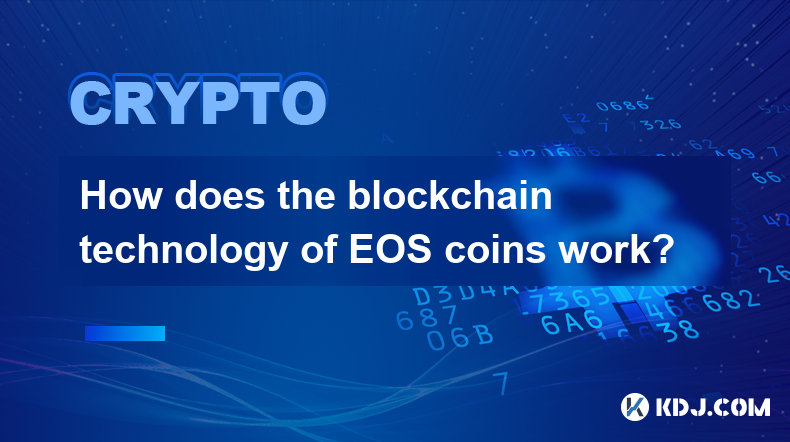
How does the blockchain technology of EOS coins work?
Feb 25,2025 at 11:13pm
Key PointsEOS is a blockchain platform that provides a high-throughput and scalable solution for decentralized applications.EOS uses a delegated proof-of-stake (DPoS) consensus mechanism to elect block producers and maintain the blockchain.EOSIO, the open-source software that powers EOS, offers a range of developer tools and features to facilitate the c...
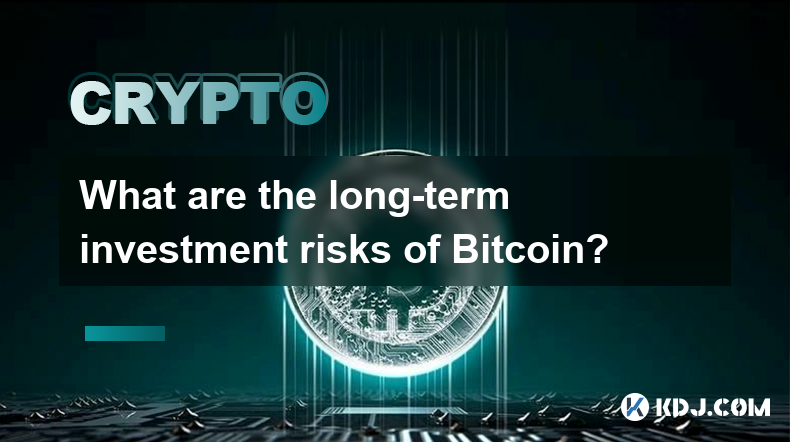
What are the long-term investment risks of Bitcoin?
Feb 22,2025 at 05:30pm
Key PointsVolatility and price fluctuationsRegulatory uncertaintySecurity risksCompetition from altcoinsMarket manipulation and scamsTransaction feesEnvironmental concernsLong-Term Investment Risks of BitcoinVolatility and Price FluctuationsBitcoin's high volatility is a double-edged sword. While it has the potential to generate substantial returns, it ...
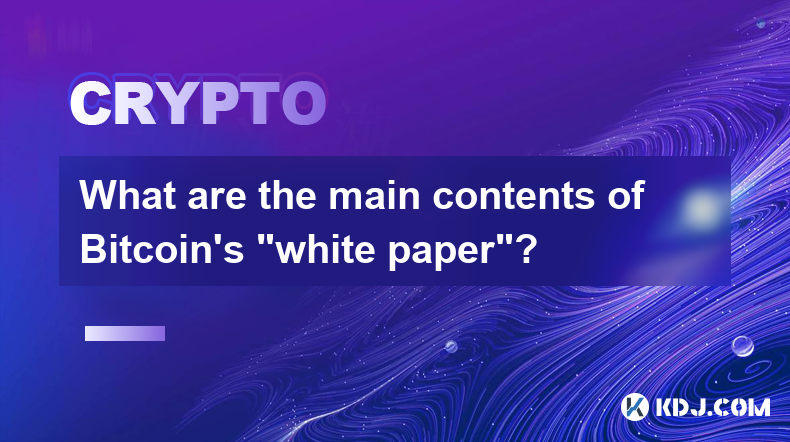
What are the main contents of Bitcoin's "white paper"?
Feb 21,2025 at 04:36am
Key Points:Understanding Bitcoin's Genesis: The White Paper's IntroductionA Decentralized Digital Currency: Bitcoin's Core ConceptBlockchain Technology: The Foundation of Bitcoin's Immutable LedgerProof-of-Work: Securing Bitcoin's NetworkThe Design of Bitcoin's Currency: Issuance, Scarcity, and DivisibilityBitcoin's Potential Applications and Future Pro...
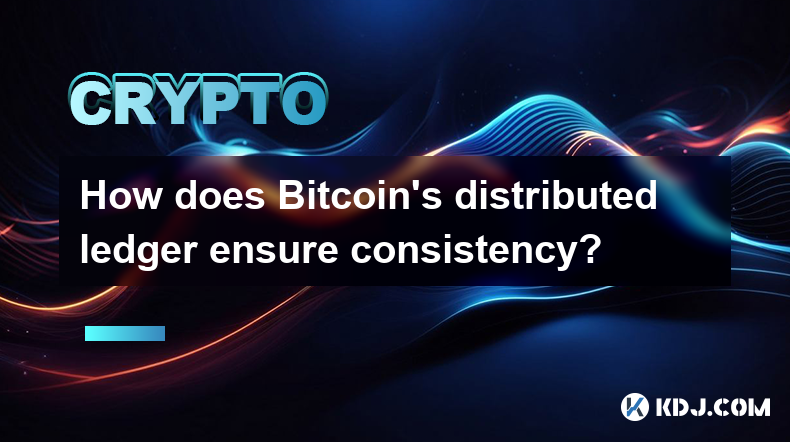
How does Bitcoin's distributed ledger ensure consistency?
Feb 22,2025 at 10:06pm
Key Points:Bitcoin employs a distributed ledger, also known as a blockchain, to maintain a tamper-proof and consistent record of transactions.The blockchain is a decentralized network of computers that collectively validate and store transaction data.Bitcoin's distributed ledger ensures consistency through consensus mechanisms and cryptographic algorith...
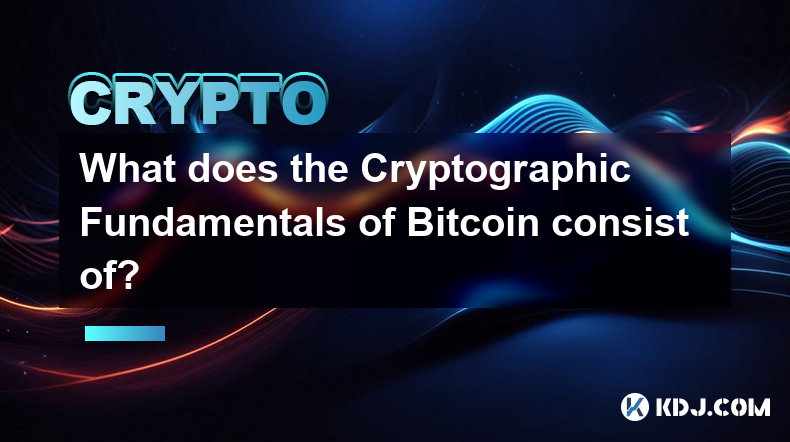
What does the Cryptographic Fundamentals of Bitcoin consist of?
Feb 21,2025 at 12:06pm
Key PointsUnderstanding the cryptographic algorithms used in BitcoinFamiliarization with the Bitcoin blockchain and its underlying mechanicsExamination of the security measures that protect Bitcoin from attackAnalysis of the decentralized nature of Bitcoin and its implicationsDiscussion of the scalability and transaction fee issues associated with Bitco...
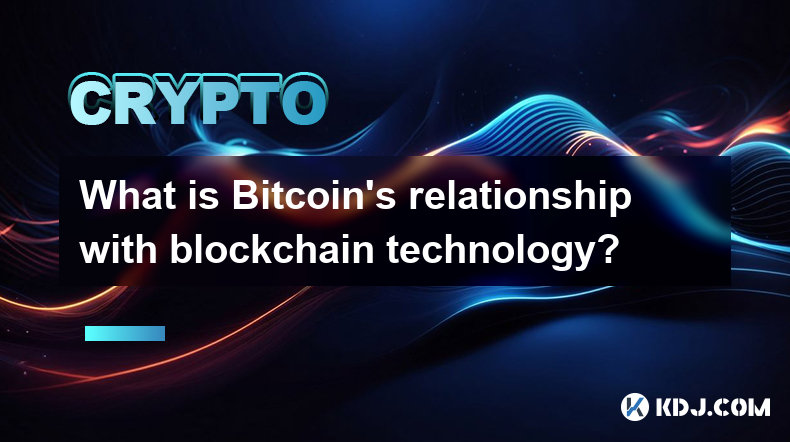
What is Bitcoin's relationship with blockchain technology?
Feb 22,2025 at 07:00pm
Bitcoin's Intertwined Relationship with Blockchain TechnologyKey Points:Definition of blockchain technology and its decentralized natureBitcoin's utilization of blockchain for secure and immutable transactionsThe role of blockchain in verifying and confirming transactionsEvolution of blockchain technology beyond Bitcoin's cryptocurrency applicationsUnde...

How does the blockchain technology of EOS coins work?
Feb 25,2025 at 11:13pm
Key PointsEOS is a blockchain platform that provides a high-throughput and scalable solution for decentralized applications.EOS uses a delegated proof-of-stake (DPoS) consensus mechanism to elect block producers and maintain the blockchain.EOSIO, the open-source software that powers EOS, offers a range of developer tools and features to facilitate the c...

What are the long-term investment risks of Bitcoin?
Feb 22,2025 at 05:30pm
Key PointsVolatility and price fluctuationsRegulatory uncertaintySecurity risksCompetition from altcoinsMarket manipulation and scamsTransaction feesEnvironmental concernsLong-Term Investment Risks of BitcoinVolatility and Price FluctuationsBitcoin's high volatility is a double-edged sword. While it has the potential to generate substantial returns, it ...

What are the main contents of Bitcoin's "white paper"?
Feb 21,2025 at 04:36am
Key Points:Understanding Bitcoin's Genesis: The White Paper's IntroductionA Decentralized Digital Currency: Bitcoin's Core ConceptBlockchain Technology: The Foundation of Bitcoin's Immutable LedgerProof-of-Work: Securing Bitcoin's NetworkThe Design of Bitcoin's Currency: Issuance, Scarcity, and DivisibilityBitcoin's Potential Applications and Future Pro...

How does Bitcoin's distributed ledger ensure consistency?
Feb 22,2025 at 10:06pm
Key Points:Bitcoin employs a distributed ledger, also known as a blockchain, to maintain a tamper-proof and consistent record of transactions.The blockchain is a decentralized network of computers that collectively validate and store transaction data.Bitcoin's distributed ledger ensures consistency through consensus mechanisms and cryptographic algorith...

What does the Cryptographic Fundamentals of Bitcoin consist of?
Feb 21,2025 at 12:06pm
Key PointsUnderstanding the cryptographic algorithms used in BitcoinFamiliarization with the Bitcoin blockchain and its underlying mechanicsExamination of the security measures that protect Bitcoin from attackAnalysis of the decentralized nature of Bitcoin and its implicationsDiscussion of the scalability and transaction fee issues associated with Bitco...

What is Bitcoin's relationship with blockchain technology?
Feb 22,2025 at 07:00pm
Bitcoin's Intertwined Relationship with Blockchain TechnologyKey Points:Definition of blockchain technology and its decentralized natureBitcoin's utilization of blockchain for secure and immutable transactionsThe role of blockchain in verifying and confirming transactionsEvolution of blockchain technology beyond Bitcoin's cryptocurrency applicationsUnde...
See all articles

















































































